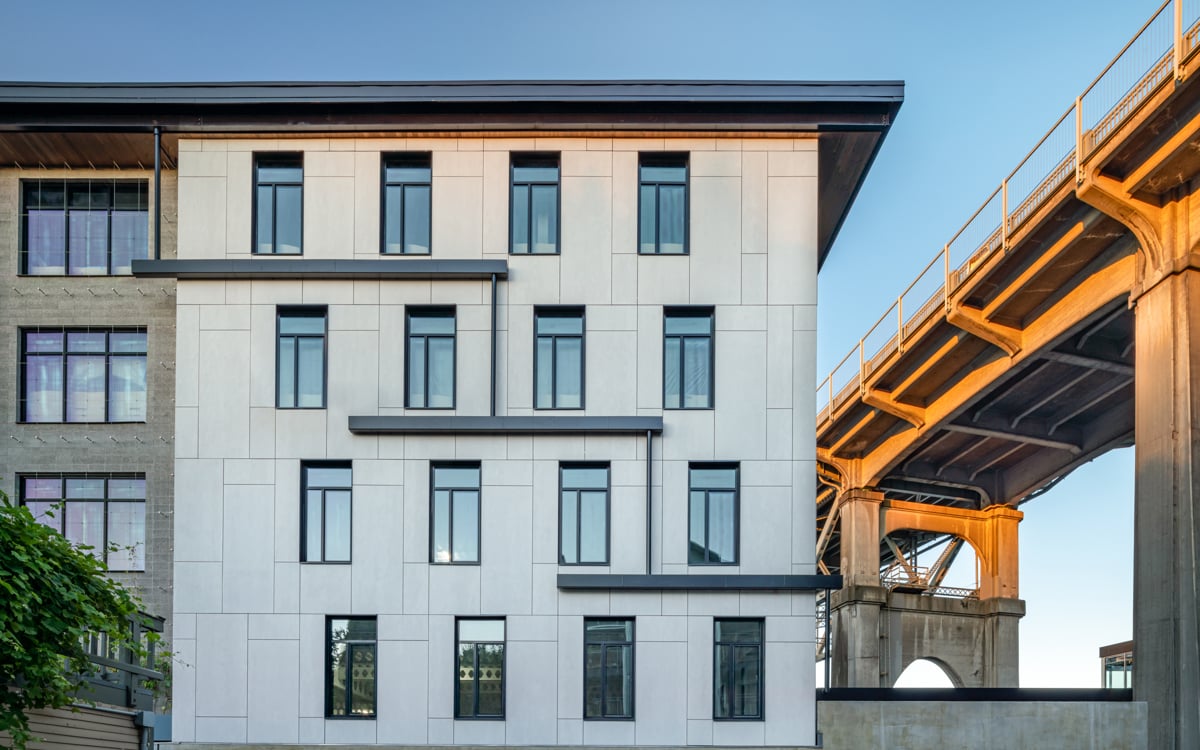
Did you know improper moisture management is one of the leading causes of building material failure? Ventilated wall claddings offer an innovative solution to protect and enhance building performance.
In modern building design, maintaining optimal moisture management is crucial to ensuring the longevity and durability of building enclosures. Ventilated wall claddings provide an advanced solution to achieving this balance. These systems separate the outer cladding material from the building structure by creating an air cavity that provides essential benefits in terms of moisture control, drying, and overall wall performance.
The Science Behind Ventilated Wall Claddings
When moisture enters a building's envelope—whether from driving rain, condensation, or air leakage—it can lead to material deterioration, including rot, mold growth, and corrosion. For materials like wood or gypsum sheathing, which are sensitive to moisture, it's crucial to control moisture levels and allow for effective drying to avoid damage. This is where the role of ventilation comes in.
Ventilated wall claddings systems work by creating an air cavity between the cladding and the building structure. This cavity serves multiple functions:
Wetting Prevention: It prevents capillary flow of water from the cladding onto the sheathing, acting as a barrier to water penetration.
Moisture Drainage: Any incidental moisture that enters the cavity is directed toward the exterior, reducing the risk of damage to sensitive materials.
Drying and Ventilation: Airflow within the cavity helps to evaporate moisture from the materials inside the wall, promoting drying through convection.
Research-Backed Benefits
Recent studies have reinforced the importance of ventilation in improving the drying potential of wall assemblies. For instance, these studies have shown that walls with ventilated cavities dry up to three times faster than face-sealed assemblies. Additionally, cladding systems with top and bottom vent openings were found to enhance drying compared to those with only bottom vents.
In climates where rain penetration is a concern, such as coastal regions or areas prone to heavy rainfall, ventilated cladding systems offer a practical solution. The continuous airflow through the cavity helps to mitigate moisture buildup behind the cladding, reducing the risk of structural issues over time.
Key Considerations for Design
The effectiveness of ventilated wall systems depends on several factors, including:
Cavity Size: The width of the cavity can influence drying rates. For example, walls with a 19mm cavity dried faster than those with a 3/8’’ (10mm) gap.
Vent Configuration: Proper vent placement at both the top and bottom of the cavity is crucial to maximize airflow and ensure efficient moisture removal. For example, it is crucial to detail flashing and trims in a way to allow a continuous pathway for air.
Cladding Type: Different cladding materials (such as vinyl siding and brick veneer) impact moisture management by allowing moisture vapor to pass through more easily, particularly when there are open or larger joints. This improves drying, especially when an air gap exists behind the cladding.
For additional design considerations and recommendations, the Rain Screen Association of North America (RAiNA) have multiple resources to aid designers looking to take advantage of the benefits of ventilated wall systems.
Conclusion
Ventilated wall claddings are not only an aesthetic choice but a critical component in maintaining the health and performance of building envelopes. By providing a system that manages moisture through drying and drainage, these assemblies help ensure that the wall system performs effectively over time, even in the face of accidental wetting or environmental challenges. As building codes continue to evolve, incorporating ventilated cladding systems into new designs and renovations is a wise investment in long-term durability.
For more information on how ventilated wall cladding can improve your building's performance, explore our range of high-performance materials at Equitone.